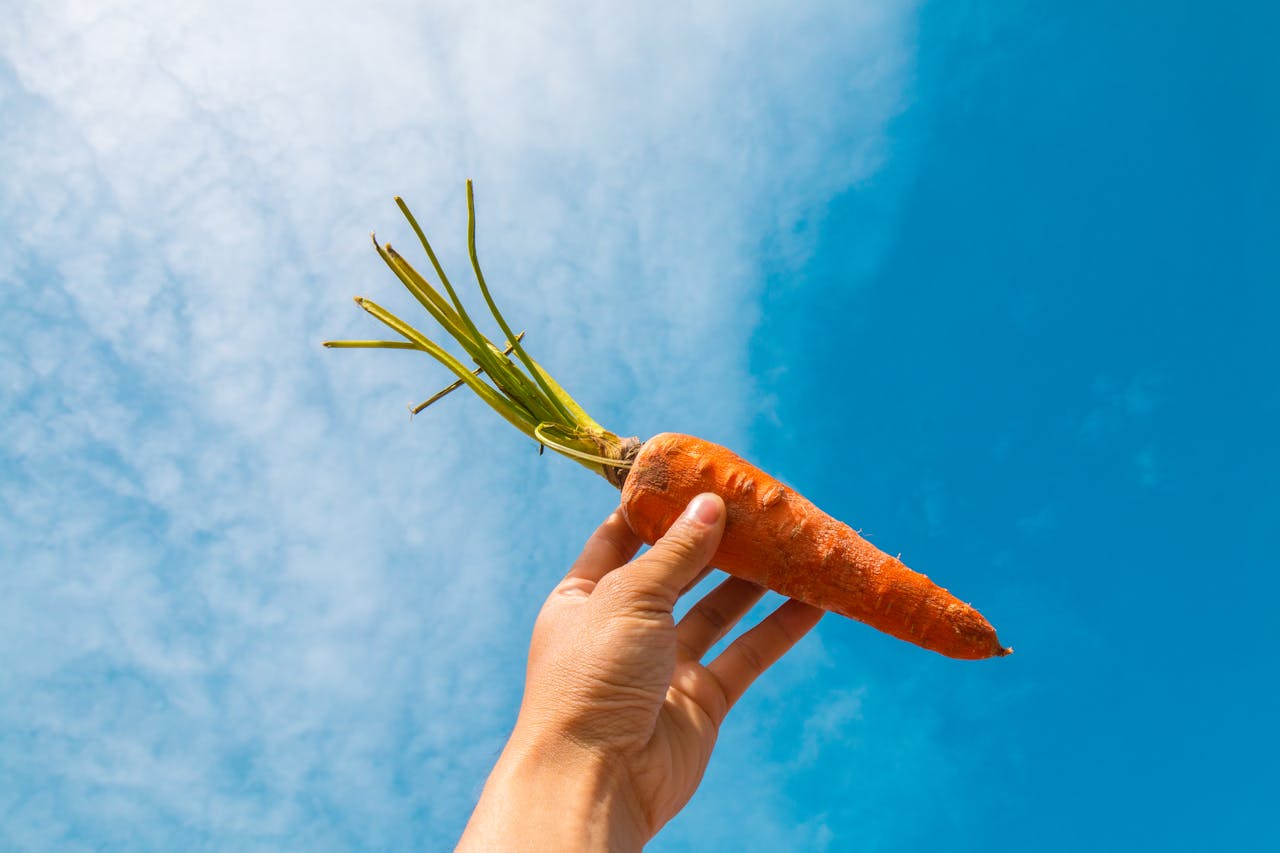A Comprehensive Guide to Making and Understanding Carrot Puree
Carrot puree is a versatile, nutritious, and delicious dish that can be enjoyed by people of all ages, from babies to adults. Here’s a step-by-step guide on how to make carrot puree, along with some key nutritional and preparatory insights.
Preparing Carrot Puree
Ingredients
- 1 lb of carrots (approximately 3-4 medium-sized carrots)[1][2][4]
- Water for steaming
- Optional: olive oil, salt, nutmeg, garlic, heavy whipping cream, butter, or other spices and herbs[1][2][4]
Instructions
- Prepare the Carrots:
- Wash the carrots thoroughly, peel them, and cut off the top and bottom ends.
- Cut the carrots into equal-sized chunks, about 2 inches long[1][4].
- Steam the Carrots:
- Place a steamer basket in a large pot with about 2 inches of water.
- Add the cut carrots to the steamer basket.
- Cover the pot and cook over medium-high heat until the carrots are fork-tender, which should take about 20 minutes[1][4].
- Puree the Carrots:
- Transfer the cooked carrots to a high-speed blender or food processor.
- Add a bit of the reserved steaming water to help the blending process.
- Blend the carrots until they reach your desired consistency. For younger babies, aim for a super smooth texture, while older babies, toddlers, and adults can enjoy a variety of textures[1][4].
- Enhance the Flavor (Optional):
- You can add a pinch of salt, a drizzle of olive oil, or a sprinkle of nutmeg to enhance the flavor.
- For a creamier puree, you can also add heavy whipping cream or butter, though this will increase the calorie and fat content[1][2][4].
Nutritional Benefits
Carrot puree is a nutrient-rich food that offers several health benefits:
- Vitamin A: Carrot puree is an excellent source of vitamin A, with one serving providing up to 94% of the Daily Value (DV)[2][5].
- Potassium: It is a good source of potassium, contributing about 7% of the DV per serving[2][5].
- Fiber: Carrot puree contains dietary fiber, which helps with digestion and can contribute to a feeling of fullness[5].
- Carotenoids: Carrots are rich in carotenoids, including beta-carotene, which are beneficial for eye health and immunity[3][5].
Nutritional Breakdown
Here is a brief nutritional overview of carrot puree:
- Calories: Approximately 96 calories per 240g serving[5].
- Fat: Very low fat content, around 0.5 grams per 240g serving[5].
- Carbohydrates: About 22 grams per 240g serving, with a significant portion being dietary fiber[5].
- Protein: Contains about 2.2 grams of protein per 240g serving[5].
Tips and Variations
- Preserving Nutrients: To maximize nutrient retention, steaming or roasting carrots is recommended over boiling, as boiling can lead to nutrient loss in the cooking water[4].
- Adding Spices: Spices like nutmeg, ginger, curry powder, or garlic can be added to enhance the flavor. These are safe for babies and can add variety to the puree[4].
- Consistency: Adjust the consistency of the puree by adding more or less of the reserved steaming water or other liquids like breast milk or formula for babies[1][4].
Most Important Facts About Carrot Puree
- Preparation Method: Steaming is the recommended method to preserve nutrients, though roasting is also a good option[1][4].
- Nutritional Content: Rich in vitamin A, potassium, and dietary fiber, with low fat and calorie content[2][5].
- Versatility: Can be enjoyed by all ages and can be enhanced with various spices and ingredients to suit different tastes[1][2][4].
- Health Benefits: Supports eye health, immunity, and digestion due to its high content of carotenoids and fiber[3][5].
- Consistency Adjustment: Use reserved steaming water or other liquids to achieve the desired consistency, especially important for baby food[1][4].
By following these steps and understanding the nutritional benefits, you can create a delicious and healthy carrot puree that is perfect for any meal or snack.




